Thermal Emissions Spanning the Prompt and the Afterglow Phase of the Ultra-long GRB 130925A
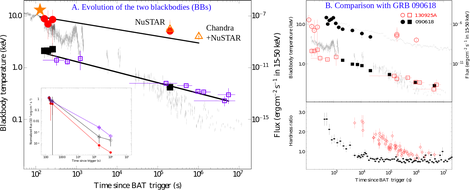 On September 25, 2013 NASA explorer Swift detected a GRB, named 130925A, having the longest ever …
more Thermal Emissions Spanning the Prompt and the Afterglow Phase of the Ultra-long GRB 130925A»
On September 25, 2013 NASA explorer Swift detected a GRB, named 130925A, having the longest ever …
more Thermal Emissions Spanning the Prompt and the Afterglow Phase of the Ultra-long GRB 130925A»
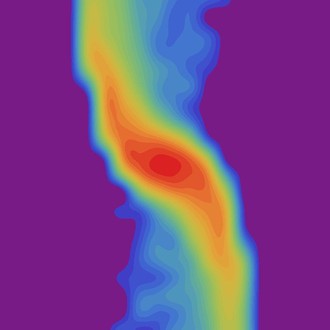 The evolution of dwarf galaxies in the tidal field of the Milky Way is one of …
The evolution of dwarf galaxies in the tidal field of the Milky Way is one of …
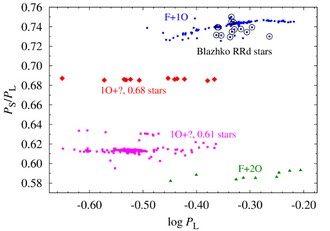 In a paper
In a paper 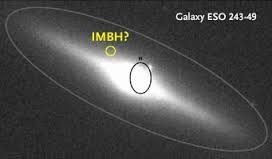 Black holes observed by astronomers have masses either similar to those of stars, or are supermassive, …
Black holes observed by astronomers have masses either similar to those of stars, or are supermassive, …
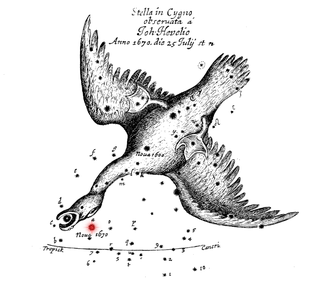 International team of astrophysicists led by Tomasz Kamiński (ALMA-ESO, Chile; former PhD student at the Copernicus …
International team of astrophysicists led by Tomasz Kamiński (ALMA-ESO, Chile; former PhD student at the Copernicus …
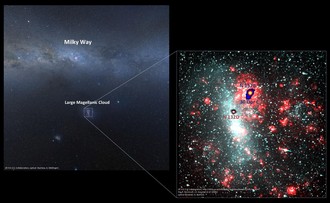 H.E.S.S.discovers three extremely luminous gamma-‐ray sources in Milky Way’s satellite galaxy.
H.E.S.S.discovers three extremely luminous gamma-‐ray sources in Milky Way’s satellite galaxy.
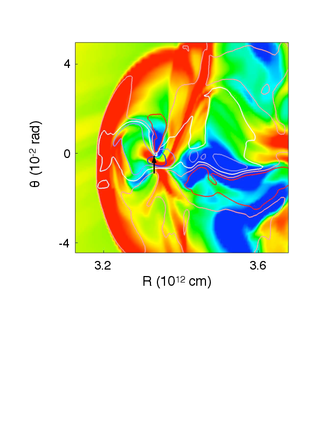 Vela X-1 demonstrates high X-ray variability and off-sates revealed by INTEGRAL. Hydrodynamic simulations (using VH1) allowed …
Vela X-1 demonstrates high X-ray variability and off-sates revealed by INTEGRAL. Hydrodynamic simulations (using VH1) allowed …
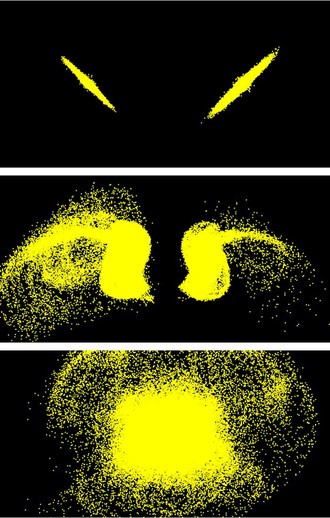 Andromeda II is one of the brightest dwarf galaxies in the vicinity of the Andromeda galaxy …
Andromeda II is one of the brightest dwarf galaxies in the vicinity of the Andromeda galaxy …
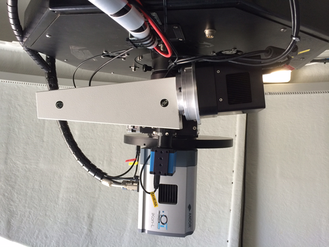 BACHES (white instrument) mounted on one of the Solaris telescopes.
BACHES (Basic eCHElle Spectrograph, pothole …
BACHES (white instrument) mounted on one of the Solaris telescopes.
BACHES (Basic eCHElle Spectrograph, pothole …
 Printer-friendly version
Printer-friendly version